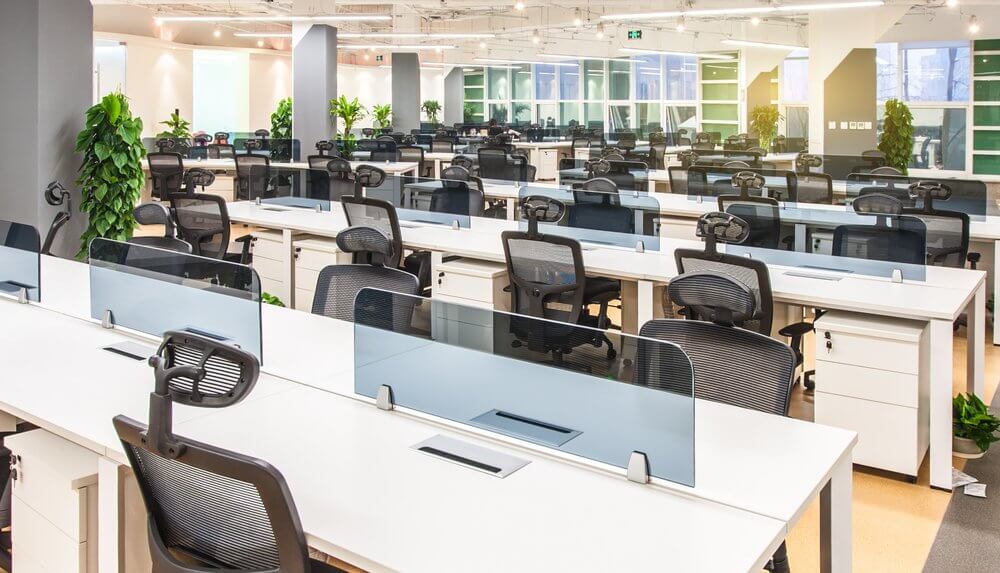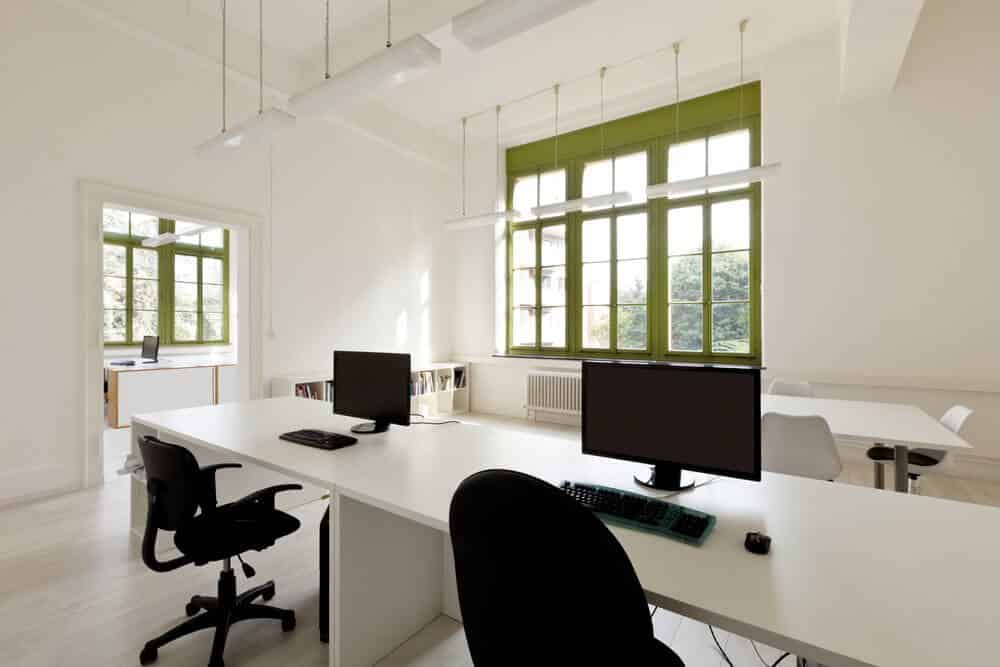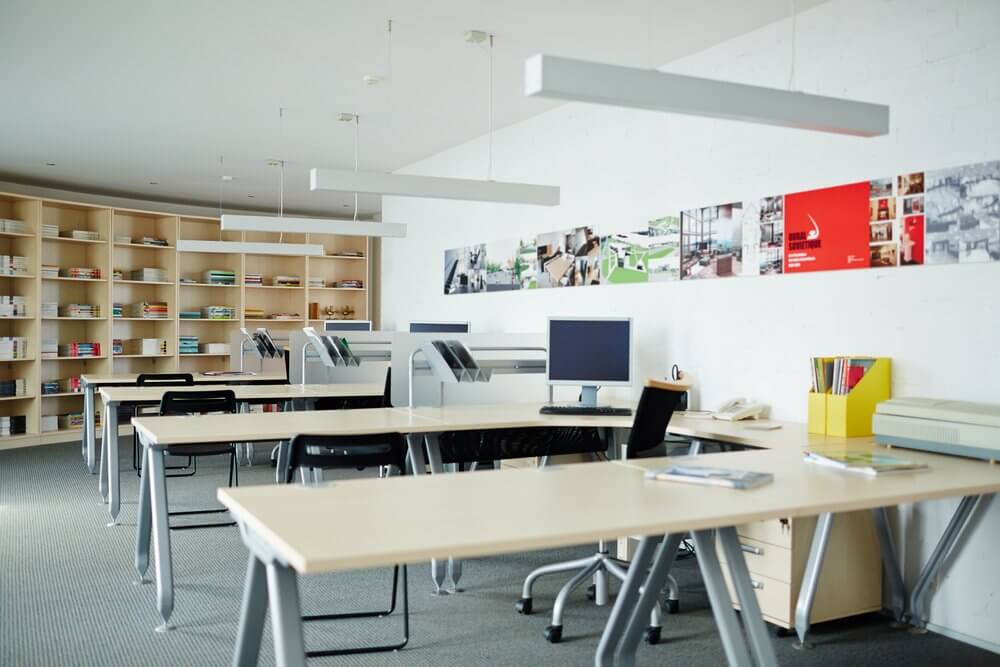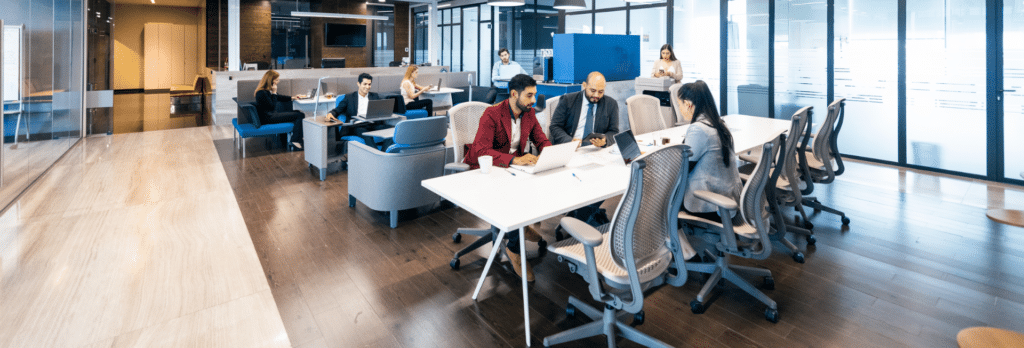Making Hot Desking A Success. Hot Desk Meaning


The choice to convert an office to a hot desking facility is one that an entire company should be behind. In order for a hot desking strategy to be a success, collaboration is necessary across facilities management, human resources and IT departments. Historically, these departments have been fairly siloed, but when an office paradigm shifts and employees are given the ability to work in multiple settings, it’s time for those walls to break down.
Why human resources should be involved
Understanding why hot desking is a beneficial option is the first step to getting multiple departments to work together. These departments are responsible for supporting employees through much of their day-to-day operations, so when any new office policy is rolled out, it’s best that they are willing to share their data and work together to come up with solutions for the entire company.
For HR, the benefits feed back into employee engagement. As offices become overcrowded, it is critical that HR keep in touch with employee dynamics and behavior so that they can feed this knowledge back into the FM strategy.
When hot desking is implemented, there can be a drop in employee engagement, but instead of ruling it out, HR can help find ways to better engage employees by asking for feedback and input. Gallup research found that employees who have a personal workspace are 1.4 times more likely to be engaged, but this doesn’t necessarily mean employees require a dedicated desk. Instead, employees simply need an area to call a “home base”—a locker or a work area for the whole team may be enough to improve engagement.
By working closely with HR, FMs are able to ensure that those spaces exist, helping evolve a hot desking strategy will benefit employees both in their work and in their well-being.
Bring IT into the mix

Implementing hot desking is a job for more than just HR and FMs. IT plays a vital role in making sure the technology in the workplace is well-equipped to handle different workers in different locations. When a hot desking strategy is introduced, it’s best to evaluate the technical needs of employees and to consider what technological upgrades or installations the office will need to properly accommodate the change.
For example, IT is responsible for setting employees up to work remotely, so they may be responsible for doing so when you implement hot desking. They need to know who will be working remotely to make sure they have the proper hardware, and ways to access your servers and information from home.
When you implement software to help manage hot desking, IT will also likely help set it up, meaning they should be part of your planning from the start—if you choose software that isn’t secure or won’t work with your system, they can tell you long before you make the wrong choice.
The importance of HR, IT and FMs working together

By breaking down walls between HR, IT and FMs, the office space can become a much more collaborative environment. Deloitte’s Human Capital consultant believes, “the workplace of the future hinges on four key things: talent, technology, place—whether people are working from the right place—and space: how to configure your office space.”
Choosing the right software for the workplace of the future plays a major role in creating an effective hot desking policy. This software should be accessible not only to FMs, but to every department and employee, as it is only with this unity across the board that a hot desking strategy will be an unbridled success in your office.
Once your new hot desking policy is approved and encouraged by IT, HR and your C-suite, you want to make sure your employees are adopting it. Learn how effective your policy is with OfficeSpace’s reports and analytics.
Photo Credits: Shutterstock / luchunyu, Shutterstock / alexandre zveiger, Shutterstock / Pressmaster




